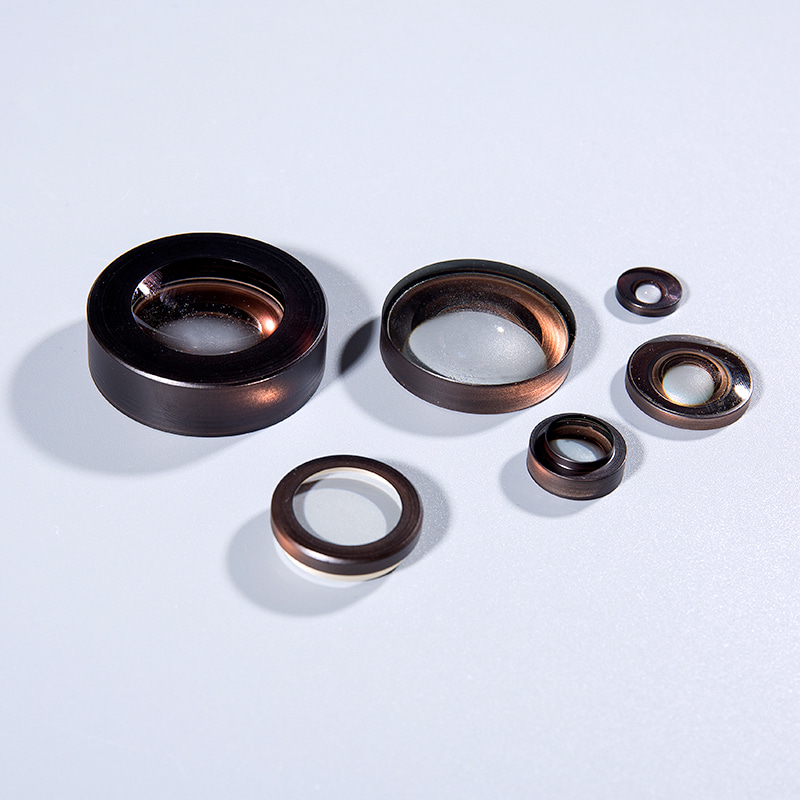Introduction to Mirrors
Mirrors are fundamental optical devices that have been used by humans for thousands of years. From ancient polished obsidian to modern precision optics, mirrors serve a wide range of purposes in daily life, scientific research, and industrial applications. The two primary types of mirrors are plane mirrors and spherical mirrors, each with distinct optical properties and applications.
Understanding the differences between these mirror types is essential for students of physics, optical engineers, and anyone interested in how light behaves. This article will explore the physics behind mirror reflection, compare the characteristics of plane and spherical mirrors, and examine their practical applications.
Fundamentals of Reflection
Before examining specific mirror types, it's important to understand the basic principles of reflection:
- Law of Reflection: The angle of incidence equals the angle of reflection
- Incident Ray: Light ray approaching the mirror surface
- Reflected Ray: Light ray bouncing off the mirror surface
- Normal: Imaginary line perpendicular to the mirror surface at the point of incidence
All mirrors operate based on these fundamental principles, but the shape of the mirror dramatically affects how light rays behave and what kind of images are formed.
Types of Mirrors
Plane Mirrors
Plane mirrors have a flat reflective surface and are the most common type of mirror encountered in everyday life. They produce virtual images that are:
- Upright and the same size as the object
- Located behind the mirror at the same distance as the object is in front
- Laterally inverted (left-right reversed)
The simplicity of plane mirrors makes them ideal for applications where accurate representation of objects is needed without magnification or distortion.
Spherical Mirrors
Spherical mirror have a curved reflective surface that forms part of a sphere. They come in two varieties:
- Concave Mirrors: Curved inward (converging mirrors)
- Convex Mirrors: Curved outward (diverging mirrors)
Spherical mirrors can produce both real and virtual images, depending on the object's position relative to the mirror's focal point. They can magnify or reduce images and are essential in optical instruments.
Detailed Comparison
| Characteristic | Plane Mirror | Spherical Mirror |
| Surface Shape | Flat | Curved (spherical) |
| Focal Point | No focal point (infinite focal length) | Definite focal point |
| Image Type | Always virtual | Can be real or virtual |
| Image Size | Same size as object | Can be magnified or diminished |
| Image Orientation | Upright but laterally inverted | Can be inverted or upright |
| Field of View | Limited to mirror size | Wider field (convex), narrower (concave) |
| Applications | Home use, periscopes, kaleidoscopes | Telescopes, vehicle mirrors, shaving mirrors |
| Optical Formula | No specific formula | 1/f = 1/u + 1/v (Mirror Equation) |
| Aberrations | None | Spherical aberration present |

Image Formation
Plane Mirror Image Formation
In plane mirrors, light rays diverge after reflection. The virtual image appears to be behind the mirror at the same distance as the object is in front. The image is always upright, same size, and laterally inverted.
Spherical Mirror Image Formation
Spherical mirrors form different types of images based on object position. Concave mirrors can create real, inverted images or virtual, upright images. Convex mirrors always produce virtual, upright, diminished images.
Practical Applications
Plane Mirror Applications
- Personal Grooming: Bathroom mirrors, dressing mirrors
- Home Decor: Wall mirrors to create illusion of space
- Optical Instruments: Periscopes, kaleidoscopes
- Safety: Check mirrors in hallways and stores
- Scientific Equipment: Beam splitters, optical cavities
Spherical Mirror Applications
- Concave Mirrors:
- Shaving and makeup mirrors (magnification)
- Reflecting telescopes (astronomy)
- Solar cookers and concentrators
- Headlights and spotlights
- Dental and medical examination tools
- Convex Mirrors:
- Vehicle side mirrors (wide field of view)
- Security and surveillance mirrors
- Road safety mirrors at blind corners
- Convenience store monitoring systems
Physics of Mirror Operation
The behavior of mirrors is governed by the laws of reflection and the geometry of the mirror surface:
Plane Mirror Physics
For plane mirrors, the law of reflection is straightforward. Each point on the object reflects light in such a way that the angle of incidence equals the angle of reflection. The virtual image forms at the position where the reflected rays appear to originate when traced backward.
Spherical Mirror Physics
Spherical mirrors follow the mirror equation: 1/f = 1/u + 1/v, where:
- f = focal length of the mirror
- u = object distance from mirror
- v = image distance from mirror
The magnification (m) is given by m = -v/u. The sign convention is important: distances in front of the mirror are positive, behind are negative.
Conclusion
Plane and spherical mirrors serve fundamentally different purposes based on their optical properties. Plane mirrors provide accurate, undistorted reflections ideal for everyday use, while spherical mirrors offer the ability to manipulate images through magnification, reduction, or wide-angle viewing.
The choice between these mirror types depends on the specific application requirements. Plane mirrors excel when faithful representation is needed, while spherical mirrors are essential when image manipulation or specific optical properties are required.
Understanding these differences enables better selection of mirrors for specific applications and provides fundamental knowledge for further study in optics and physics.

 English
English 日本語
日本語 русский
русский Español
Español Deutsch
Deutsch 中文简体
中文简体










 苏公网安备32041102000130号
苏公网安备32041102000130号